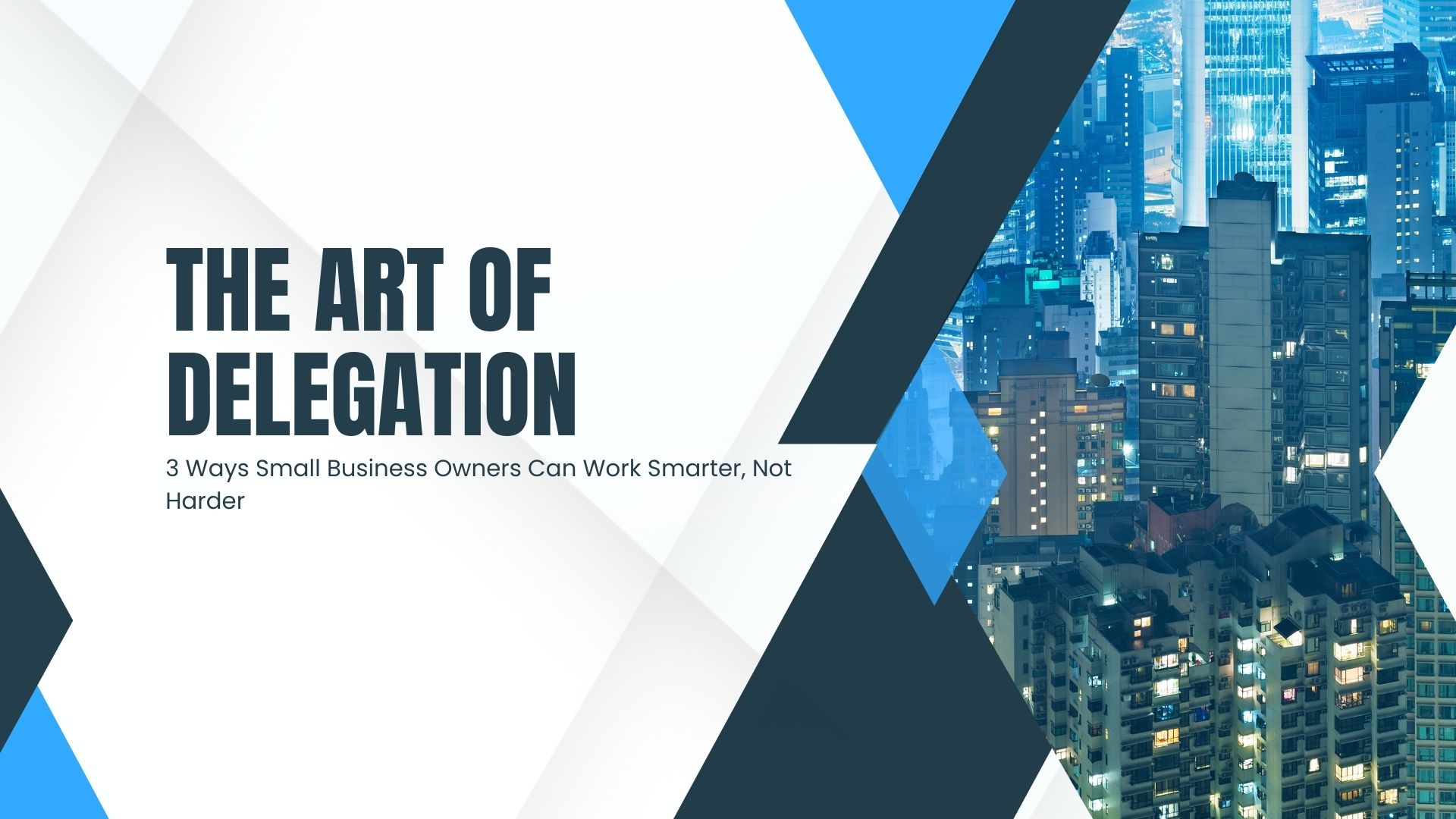Reasons to Re-architect to the Cloud
By Mik Lernout
When you think of deploying applications to the cloud, what comes to mind? Web and mobile applications for collaboration and email, perhaps? But did you know you can also take full advantage of cloud benefits if you move your core applications? Yes, the ones that do all the heavy work like billing, inventory and claims management, among others.
With the maturity of cloud services like infrastructure-as-a-service(IaaS) and platform-as-a-service (PaaS), more businesses are moving these legacy applications into the cloud so they too can take advantage of its benefits.
But how can applications built originally for legacy platforms take advantage of cloud features? And is it possible to move them and modernize them at the same time?
Moving Legacy Apps to the Cloud
If a legacy application no longer provides a competitive advantage, you should consider replacing its functionality with software-as-a-service (SaaS) offerings like Salesforce and SAP OnDemand. Both of these SaaS products provide wide functionality and are constantly evolving. For those core applications that are strategic and unique to your organization, you can turn to re-hosting and re-architecting.
Re-hosting, often seen as a quick way to lower operational costs and enhance accessibility, involves taking an existing legacy environment from a mainframe or proprietary UNIX environment and re-platforming it to a physical system or the cloud. Re-hosting leads to more cost-effective computing and the streamlined, converged IT environment that IaaS offers.
If your legacy application contains valuable business logic, but is restricting the agility of your business because of its monolithic nature, re-architecting may be the way to go. Re-architecting redevelops legacy applications onto modern frameworks such as Java, .NET and PaaS. It can help your business become more agile by simplifying code, creating more responsive and resilient applications and integrating siloed environments.
When you re-architect, you go beyond the benefits of an improved bottom line and increased accessibility. Re-architecting enables you to use the cloud as an agent of change and catalyst to transform how your business interacts with customers.
From Monolithic to Modular
When you re-architect, you are redeveloping your legacy application for a modern platform, while retaining current business differentiators. So, while basic functionalities remain the same, the application has been modernized to take full advantage of cloud characteristics such as elasticity, multi-tenancy and platform interdependence.
Also, when you re-architect with the cloud, you can create separate components with distinct workload profiles — for example, one for online processes, one for batch and one for system interfaces to integrate with the rest of the portfolio.
An application re-architected for the cloud can simultaneously provide greater resilience and scalability. Decoupling the user interface (UI) from the application architecture, for example, allows business services to be accessible by a variety of UIs (e.g., mobile, tablet and laptop). And having these services on the cloud can also mitigate any risk that comes with increased volumes when multiple users access the functionality. This modular, flexible cloud architecture is what will give your business greater agility, resilience, scalability and ultimately greater innovation.
A great example is a health insurer that re-architected its COBOL-based claims adjudication system to respond to the numerous legislative changes and client expectations of improved service. The core claims adjudication engine was built as a batch-style system, which could only run in fixed nightly windows. When it was re-architected, the application modernized into an event-based system that can process claims in bulk or real time. Now the insurer can take advantage of flexible computing to dramatically increase performance, while delivering more accurate information, faster.
From Closed to Collaborative
Shrinking product life cycles compounded by the market pressures of bring your own device (BYOD) and SaaS have quickly escalated the importance of rapidly assembling composite applications and releasing a steady stream of new services. It can be difficult to retrofit a legacy application to take advantage of modern middleware and cloud-ready components when integration functionality is intertwined with much of the same code performing baseline business processing.
By re-architecting applications to a shared cloud infrastructure, you will gain the ability to consume and reuse components with ease. If your business is retailing, why devote valuable resources and focus toward activities such as managing data centers and building CRM applications?
Re-architecting with cloud technology can also help you manage ever-growing volumes of data to help your business become more efficient. Increasing regulations and rapid data growth across all industries are leading many forward-thinking organizations to look at more effective ways to harness data. The ability to analyze and act quickly on information can provide a competitive edge.
But if your organization has multiple data pools residing in siloed legacy systems, you might be spending considerable time and effort writing custom code and reports to integrate and reconcile information. Many legacy applications have historically been monolithic in nature — residing on a single platform, generally written in a single language that has to handle all application functionality: online processing, reporting, integration and systems management. Having a heavyweight system like that can slow and encumber your business at a time when you need your business to be agile.
However, re-developing application functionality to utilize cloud frameworks and integrating legacy data sources into modern, Big Data frameworks can help you make faster and more accurate business decisions. Deploying these capabilities to the cloud also alleviates pressures associated with fixed storage caps, seasonal and on-demand bursts in data processing. It enables you to shift from writing code that supports legacy functionality to focusing on the strategic imperatives of your business.
Cloud as a Springboard
With cloud and re-architecture, you can ascribe the right technology tool for the job without reinventing the wheel. Re-architecting is a comprehensive method of legacy modernization that enables your business to use the cloud as a springboard to re-energize and refocus business initiatives for the future.
As a software development director in Dell Services’ Application Modernization group, Mik Lernout applies technology, methodology and team work to solve one of the most costly and complex problems facing organizations today: legacy modernization. His talent lies in the ability to translate technical and process innovations into elegant and practical solutions to resolve business problems.

Sean Michael is a writer who focuses on innovation and how science and technology intersect with industry, technology Wordpress, VMware Salesforce, And Application tech. TechCrunch Europas shortlisted her for the best tech journalist award. She enjoys finding stories that open people's eyes. She graduated from the University of California.


